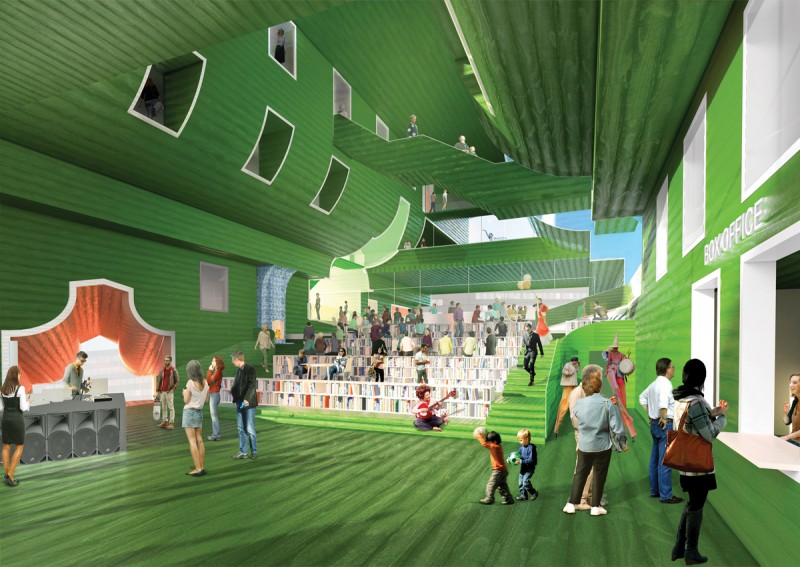Dutch masters who are turning their eyes to our homeland
Why one of the world’s most exciting new urbanists believes in Birkenhead. We speak to Rotterdam’s MVRDV Architects
For Dutch-based architecture and urbanism practice, MVRDV, finding solutions to some of the world’s knottier urban problems is what they do best. By creating innovative ways in which we all can live, work and contribute to the place we call home, the practice has helped reimagine, and re-energise de-industrialised neighbourhoods around the globe. Places like Birkenhead.
Along the way, they’ve helped kick-start some of the most exciting second acts for once-neglected corners of our cities. But it’s not about plonking a flashy new building on the waterfront, winning an award and vanishing – MVRDV is much more interested in how people live in places.
“It’s all about the individual; about building a sustainable community. One that works,” says MVRDV’s Jan Knikker. “It’s about collaboration. Cities are the heart of our societies. We approach urban challenges by asking how can we offer a high quality of life for their residents and users.”
To that end, their Market Hall in Rotterdam saw a soaring arch of apartments sweep over a vibrant new market: an unorthodox solution, yes, but an audaciously brilliant one. A multi-use space, the development crystallised everything MVRDV holds dear – a sustainable combination of retail, living, leisure and local produce. It acted like a roadmap for the region’s future, and now this formerly unwanted corner of the port city has most definitely got its groove back.
In partnership with Austin-Smith: Lord, the practice has started to take a look at the place we call home. And they’re intrigued by what they’ve found here.
“It’s like a rough diamond,” Jan laughs, down the line from his Rotterdam HQ, “but, absolutely we can see the great potential here. You have some incredibly beautiful spaces and buildings, and they’re very well connected to each other and to Liverpool.”
But, presented with such a daunting regeneration opportunity, where would MVRDV start, we wonder? “It’s not about coming in with a flashy new building and then leaving,” Jan says. “We’re much more interested in placemaking, in long-term solutions. About seeing the effect the urban landscape, the public realm, and the architecture has on its inhabitants.”

It’s why the practice is celebrated for its innovative approach to multi-use buildings and places: and why, Birkenhead, Jan believes, presents such an exciting possibility.. “It just oozes potential, the sheer beauty of Hamilton Square, the wonderful view over to Liverpool’s skyline. You could do so many great things here. The good thing about having a lot of space is that you don’t have to find use for everything right now – just start with a few good initiatives.” Such as? “It’s about giving people a destination, an environment in which they feel they can make a difference,” he says. “Food markets, allotments, festivals, art. If things start to happen in these run down spaces, they become attractive again. Then others start to see the attraction, and it’s easier to get more serious long-term developments off the ground. Tiny interventions can lead to massive change Bureaucracy needs to be cut right back. You need to foster a can-do attitude,” With the best urban planning, Jan says, the balance has to be right: bottom up, citizen-led change should work alongside top down, and every new planning proposal has to be rigorously challenged. “Empty plots are so valuable in terms of an area’s future. If you get it wrong, as Birkenhead has by the waterfront, you’re stuck with that decision for a generation. And there is a lot of that here.” So it’s not about saying yes to the first multi-million pound development on the table. We have to be way more discerning than that?
“Exactly,” Jan says. “Building a huge supermarket will attract shoppers, but will it attract people who want to live next door? We need to make a place where people feel proud to live, and that will stop people in their tracks when they get off the ferry or the train.”



